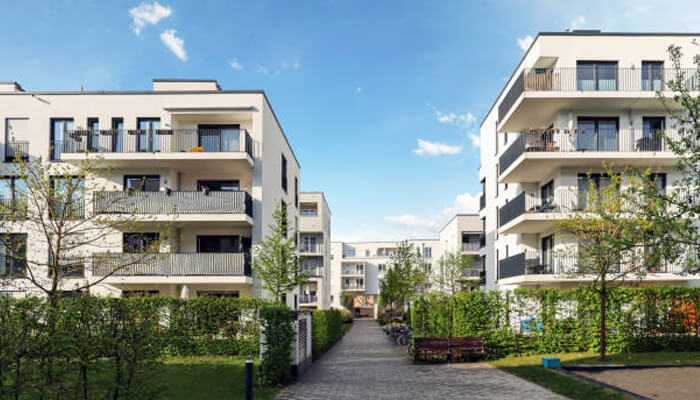Urban landscapes are evolving faster than ever. As cities expand and populations grow, the pressure to build smarter, cleaner, and more efficiently is reshaping how we think about housing. One approach gaining serious traction is the knock down rebuild model—a solution that doesn’t just refresh outdated homes but actively contributes to sustainable urban development. It’s not just about aesthetics or convenience. It’s about reimagining how we live, build, and coexist with the environment.
Replacing Wasteful Structures with Smarter Homes
Many older homes, especially those built before the 1980s, were designed with little regard for energy efficiency or environmental impact. They often rely on outdated insulation, inefficient layouts, and materials that no longer meet modern sustainability standards. Renovating these homes can be costly and limited in scope. A knock down rebuild, on the other hand, allows homeowners to start fresh with a design that prioritises energy efficiency, passive cooling, and sustainable materials from the ground up.
This approach also reduces the need for urban sprawl. Instead of pushing developments further into greenfield areas, knock down rebuilds make better use of existing land. By revitalising established suburbs, they help preserve natural habitats and reduce the carbon footprint associated with long commutes and infrastructure expansion.
The Role of Knock Down Rebuilds in Australia’s Urban Future
In cities across Australia, the knock down rebuild model is becoming a preferred choice for families and developers alike. It offers a way to modernise without abandoning the character and convenience of established neighbourhoods. The keyword here is balance—between innovation and preservation, between growth and sustainability.
The demand for knock down rebuild Australia projects reflects a broader shift in how people view urban living. Rather than chasing new developments on the city fringe, homeowners are choosing to invest in areas with existing schools, transport links, and community infrastructure. This not only reduces environmental strain but also strengthens local economies and social cohesion.
Designing for Efficiency and Longevity
One of the most compelling aspects of knock down rebuilds is the opportunity to design homes that are built to last. Modern construction techniques allow for better thermal performance, solar integration, and water-saving systems. Builders can incorporate recycled materials, low-VOC finishes, and smart home technology that reduces energy consumption without compromising comfort.
These homes are also more adaptable. With flexible floor plans and multi-use spaces, they can evolve with the needs of the occupants. That means fewer renovations down the line and less construction waste over time. It’s a future-focused approach that aligns with the principles of circular design and responsible resource use.
Revitalising Communities Without Displacement
Sustainable development isn’t just about buildings. It’s about people. Knock down rebuilds offer a way to improve housing stock without displacing long-term residents or altering the fabric of a community. Instead of demolishing entire blocks for high-density projects, this model allows for incremental renewal—one home at a time.
This kind of development respects the rhythm of a neighbourhood. It maintains street character while upgrading the quality of life for residents. It also encourages diversity in housing styles and ownership models, which can lead to more inclusive and resilient communities.
A Smarter Way Forward
As cities grapple with the challenges of climate change, population growth, and ageing infrastructure, knock down rebuilds present a practical and sustainable path forward. They offer the chance to build better homes in better places, without sacrificing the environment or the essence of urban life.
By choosing to rebuild rather than relocate, homeowners are making a statement. They’re investing in the future of their communities and contributing to a more sustainable urban landscape—one thoughtful design at a time.



